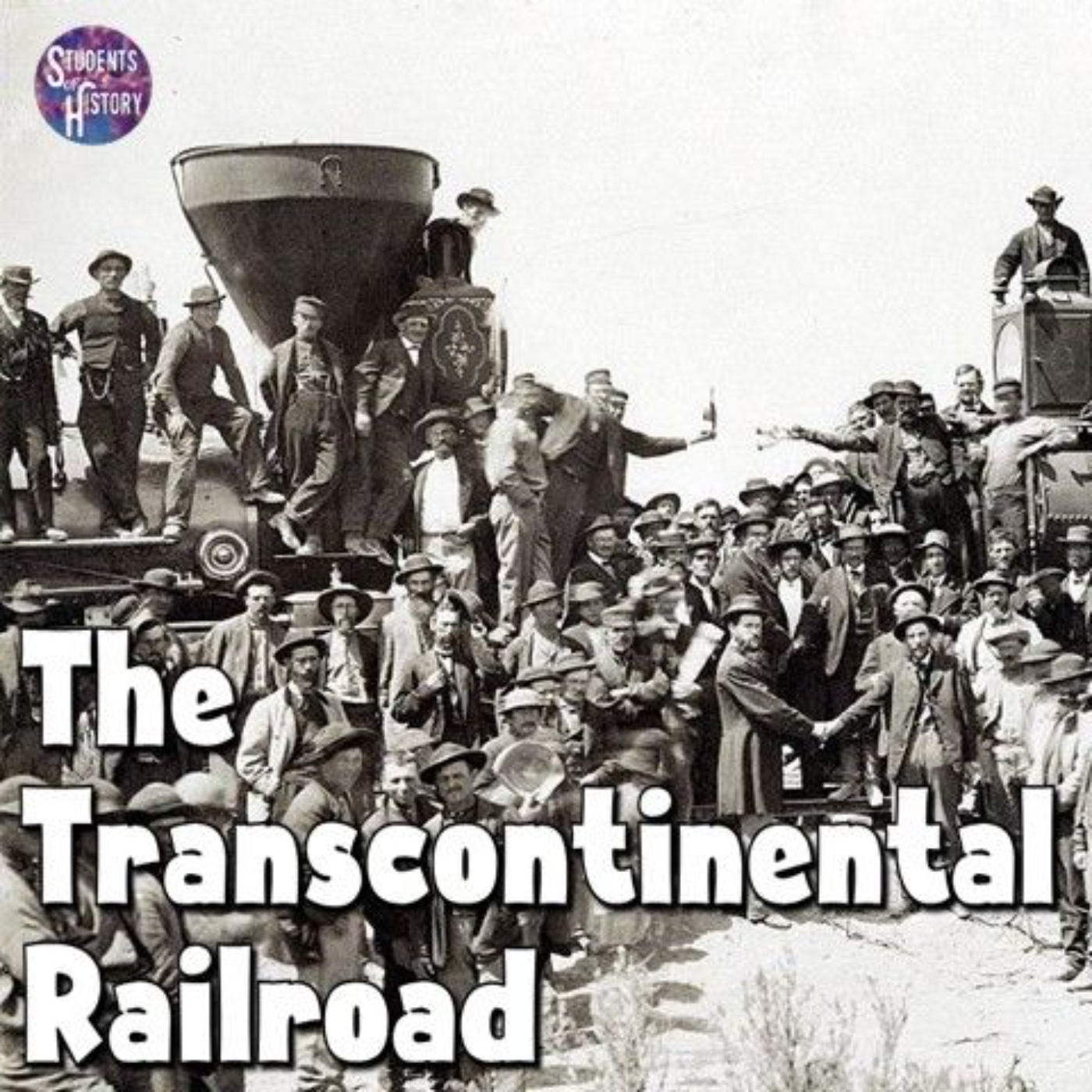The Transcontinental Railroad

In 1862, the United States Congress passed the Pacific Railroad Acts, a group of laws that would promote the building of a cross-country railroad system. After calling it the Pacific Railroad for a time, this rail system was later dubbed the First Transcontinental Railroad. The acts were officially signed into law in July of that year by President Abraham Lincoln.
Construction of the Transcontinental Railroad was overseen by two main companies: the Central Pacific and the Union Pacific. The objective for both companies was to start building on opposite ends of the planned railway route and eventually meet in the middle.

The Central Pacific Railroad Company was founded in 1861 by then-governor of California Leland Stanford and three others. Stanford was named president of the company, a title he held until 1893.
Workers for the Central Pacific began construction in Sacramento, California in 1863 and would build going east. Thousands of workers were needed to the massive undertaking.
During this time, the United States saw an influx, or an arrival in large numbers, of Chinese immigrants - specifically men who wanted to work to support their families. The company wound up hiring over 15,000 Chinese immigrants to work on the Transcontinental Railroad.
All of the laborers faced the same hardships while engaging in the back-breaking work: massive mountains they had to dig through or around, deep ravines, and white-out blizzards that struck as the construction went on.
On the other side of the country, there was the Union Pacific company. Its task was to begin at the Missouri River in Omaha, Nebraska, and work westward. Thomas Durant was named Vice President of the Union Pacific Railroad and oversaw the project.
Although their counterparts in Sacramento began in 1863, the Union Pacific was delayed until after the Civil War ended. Their construction work on the railroad finally started in Omaha in 1865.
The majority of workers for the Union Pacific company were Irish immigrants. Many of the laborers were Civil War veterans and as well as some African American laborers.
The Union Pacific had to grapple with raids by Lakota and Cheyenne tribes, who were angry that the railroad was being built on their lands. There were also train robbers and thieves in these lawless, unpopulated areas.
To help protect workers, the railroad partnered with the Pawnee Nation to provide scouts that surrounded the workers as they laid track.
Finally, after years of grueling labor, the two sides met on May 10, 1869, in Promontory Utah.
The full path of the Transcontinental Railroad, once complete, eventually measured about 1,907 miles long and cut through Nebraska, Wyoming, Utah, Nevada, and California. The Central Pacific constructed 690 miles of track while 1,085 miles were laid down by the Union Pacific.
It also connected to America's existing east coast rail network at Council Bluffs, Iowa, right on the Missouri River.
